|
|




|
Background The Center for Exascale Simulation of Plasma-Coupled Combustion XPACC is focused on plasma-assisted combustion, which offers many potential advantages over classical combustion configurations for improving overall performance and mitigating undesirable pollutants of turbulent combustion devices. In the presence of a plasma discharge, a gas is modified in several ways that may encourage the initiation of combustion or stabilization of a flame. Such effects include localized heating due to energy release that accelerate chemical reactions, enhanced mixing as a result of local temperature gradients, ionic wind effects (i.e., momentum transfer initiated by an electric field), and non-equilibrium radical production. These mechanisms provide additional “knobs” that can be “tuned” to meet specific target objectives. Recent experiments conducted at the University of Illinois have found that plasmas have an order-one effect on the shape of hydrogen flames, and can significantly modify the background turbulent flow prior to ignition. |
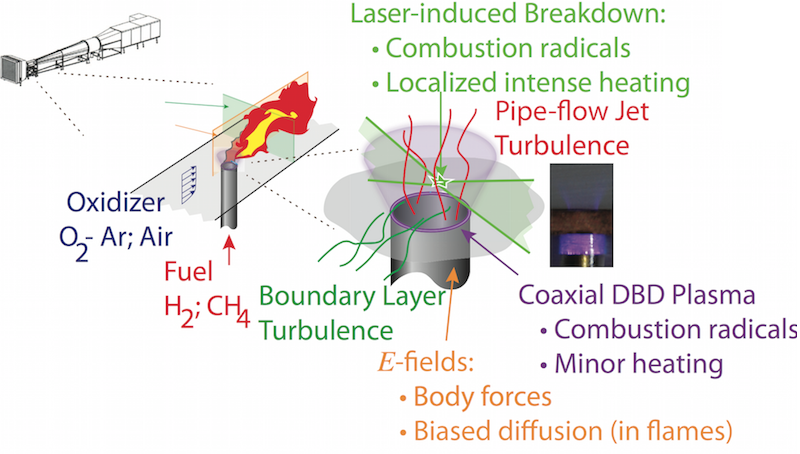 Primary target prediction: plasma-assisted ignition of a fuel jet in a turbulent crossflow. |
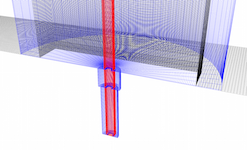
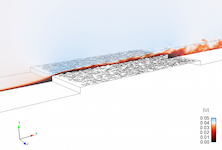
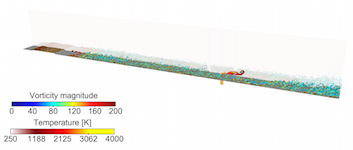
|
Background Due to the detailed chemical processes and non-trivial flow dynamics common in turbulent combustion devices, in addition to the various parameters associated with localized ignition, a large number of modeling parameters are required to capture the relevant physics. Understanding the sensitivity of ignition to such parameters is important for the development of predictive (and tractable) simulations. However, measuring the sensitivity directly is prohibitive for many practical systems. To this end, the adjoint equations were recently formulated for the reactive compressible Navier-Stokes equations. We use a discrete-exact adjoint method to directly measure sensitivity of ignition to modeling parameters in premixed and non-premixed configurations. |
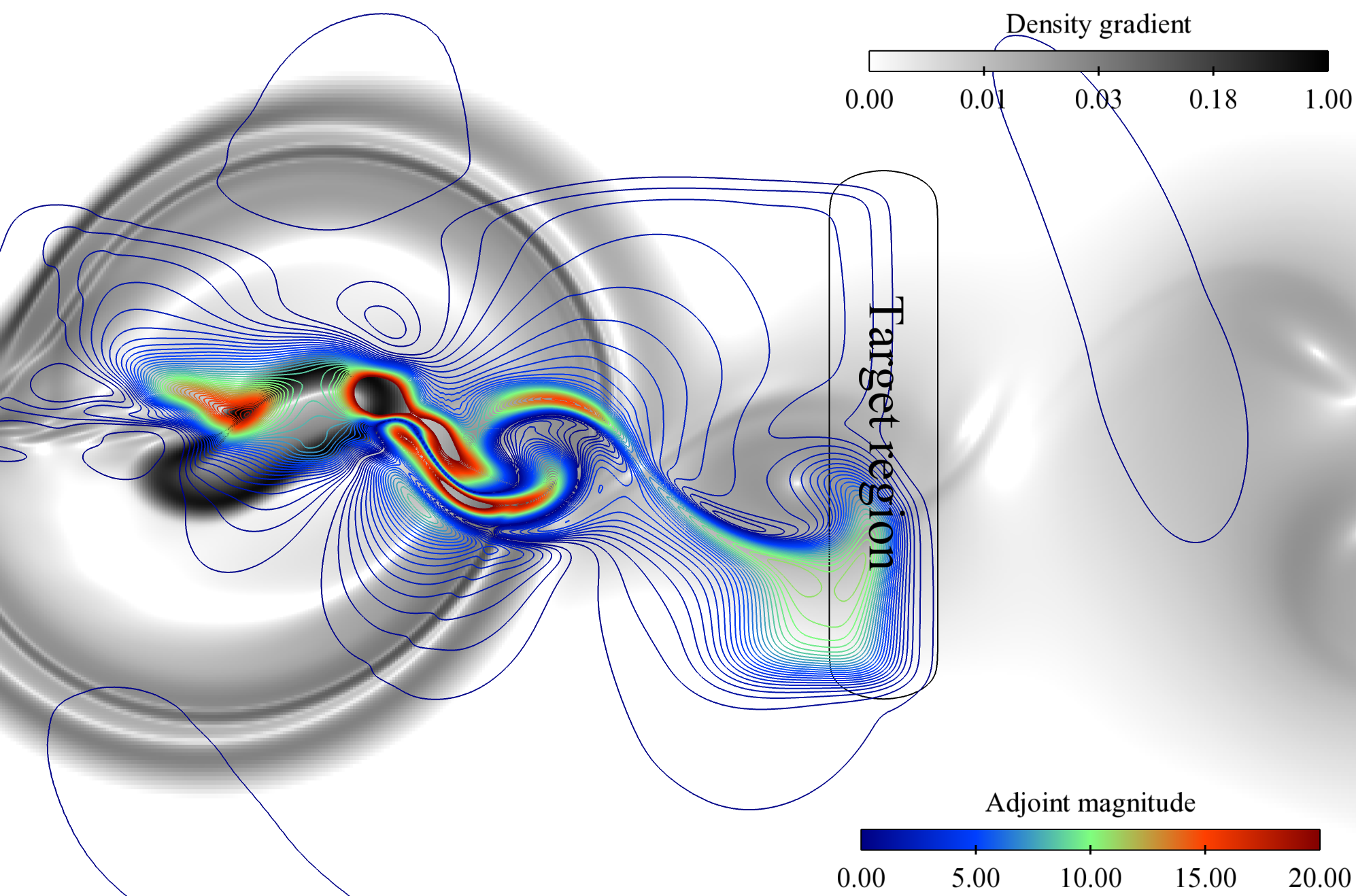 Discrete-exact adjoint field shortly after ignition in a 2D hydrogen-air mixing layer. |